by Adam
Ice skates are a type of footwear used for ice skating. They generally consist of a boot with a blade attached to the bottom. The cost of sharpening ice skates varies depending on the type of skate, the level of sharpness desired, and the geographical location. Generally, the cost for a basic skate sharpening starts at around $5 and can go up to $15 for a more professional sharpening.
Skates alone can cost up to $2,000 per pair. A sharpened
blade costs between $30 and $40 to sharpen each time, depending on the number of weeks. After four paid sharpenings, you can get your fifth free skate sharpening with your skate purchase. At Canadian Tire, a $5 sharpening fee is charged, with 100 percent of the proceeds going to minor hockey. Your skates can be sharpened to 1/8th of an inch, or to one inch, depending on the size of your blades. A bad set of goggles will make it much harder to remember how to take off your goggles.
If you know how to use a skate stone, you can sharpen your skates properly at home. It is not intended to be used to sharpen skates, but rather to fine-tune them after making a few passes on them with a suitable machine.
Skates do not come with skates that have been sharpened. The skates are not pre-sharpened in addition to not being pre-sharpened. Before using new skates, blades must be hollow grooves cut into them to avoid rounding and flatter bottoms.
You can sharpen your new skates at no additional cost at any of our many Sport Chek Retail locations, if you bring the original SportChek.ca packing slip and proof of purchase with you.
If skates are used on an indoor ice arena, the blades should be sharpened after eight to ten hours of use. This time frame will vanish if you skate outside. It is a sign that you may need to have your blades checked if you experience problems with skating smoothly or falling down doing a normal skill.
This time frame will vanish if you skate outside. It is a sign that you may need to have your blades checked if you experience problems with skating smoothly or falling down doing a normal skill.
How often should blades be sharpened? When sharpening ice skates, there are numerous grinds to choose from. You will be able to get a better understanding of which one is right for you if you know which one is right for you. Make certain that your blades are properly sharpened with high-quality blade guards. The best in the industry, rockerz have been designed specifically for your specific blade type and size. You could start out with a shallower 12, progressing to a shallower 12, and then a deeper 12 as you progress through the skill progression process. A hollow’s radius is defined as the curve or hollow ground that enters your blades when you use a grinding wheel.
You can see this by inspecting the edge of your blade (a downward-facing curve in the blade). It is very similar to the grinding stone that is convex. When you measure the radius of a skateboard blade‘s hollow, it is considered hollow. The shallower the hollow, the larger the radius of it. In order to maintain the edge, you should sharpen your blades at least once a year at the deepest point of the grind. The less fragile the edges are, the longer they will last. If you’re a newcomer to skating, start with a 12 or even larger, 58 skater.
When you measure the radius of a skateboard blade‘s hollow, it is considered hollow. The shallower the hollow, the larger the radius of it. In order to maintain the edge, you should sharpen your blades at least once a year at the deepest point of the grind. The less fragile the edges are, the longer they will last. If you’re a newcomer to skating, start with a 12 or even larger, 58 skater.
If you’re working on improving your skating radius, you may want to consider smaller cuts such as the 7/16″ or 38″. It’s entirely up to you how you proceed. Consider your weight, skill level, ice temperature, and other factors when skating. It used to be a warm place to play on my rink, but the ice is much colder these days. My blade has had to be much sharper since the temperature change as a result, so I have had to cut them more frequently. Depth of cut is determined by the ice, but having sharp blades on cold ice will make all the difference. I don’t like sharp blades, so I sharpen them every four to six weeks.
If you prefer them a little more blunt, you should have them shaved three or two weeks ahead of time. In the UK, it is always necessary to sharpen skates professionally from a neighbor who lives not far from the skating rink. If you notice any of these symptoms, your ice skates may need sharpening. In the UK, the cost ranges between £5 and £8, which is between $6.50 and $10.50. If ice skates are sharpened, it is still one of the least expensive ways to do so. Skate blades must be kept in good condition to ensure the safety of your skates and the quality of your skating. One of the most important aspects of a good technique is its effectiveness. Combining both elements of ice skating provides excellent edge work. The ability to skate an edge is determined by a person’s body position, weight on the blade, and how committed they are to skating an edge.
Most skaters should have their blades sharpened on a regular basis. If you have a high level of skill, you may need to sharpen your blades more frequently depending on how frequently you use them.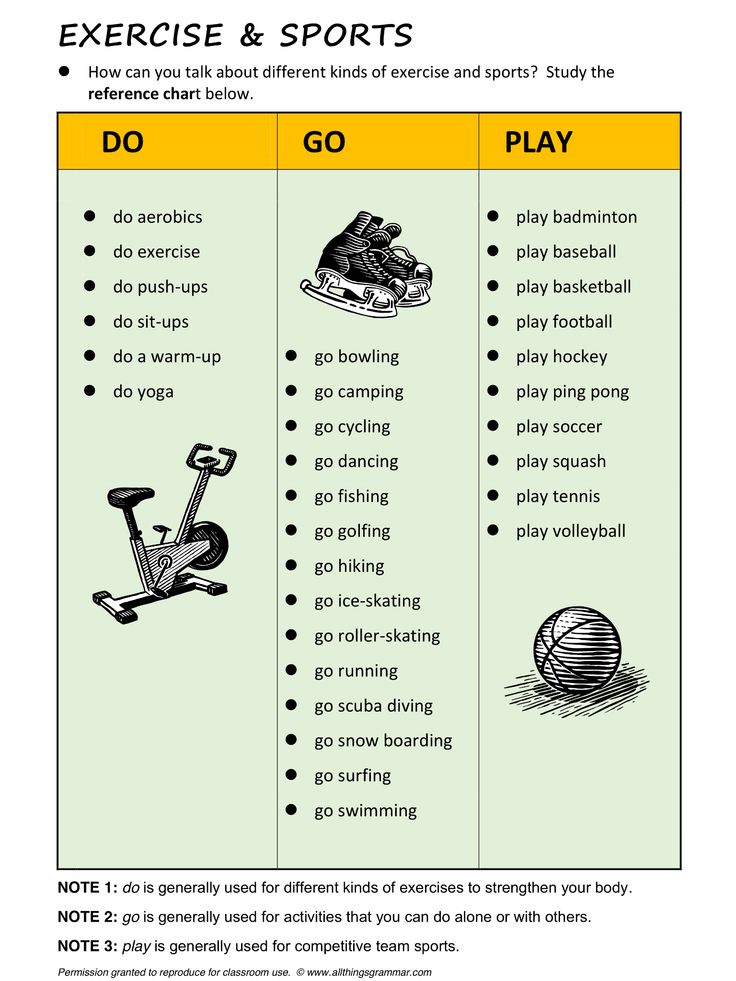 Sharpening blades after 7 to 9 hours of use is recommended, but they may dull quicker or slower depending on factors such as the amount of time spent sharpening and the blade’s capacity.
Sharpening blades after 7 to 9 hours of use is recommended, but they may dull quicker or slower depending on factors such as the amount of time spent sharpening and the blade’s capacity.
Ice skates must be sharpened to ensure their long lifespan. Depending on a skater’s habits, the skate blade should be sharpened every 20-40 hours of use, which can be done at home or on the ice depending on factors such as how frequently they skate, the types of skating they do, and the shape of their blade. If your skates have nicks or scratches, it’s time to sharpen them. A good test for a sharp edge is to hold the skate upside down, place one thumbnail on the edge of the blade, and gently pull down and away from it on three or four surfaces. Some NHL players sharpen their skates on a regular basis, such as every 2-3 hours of ice time, whereas others play for an entire season without doing so. If you’re not sure where to begin, try sharpening them after 10 hours of ice time and then adjusting as needed. When it comes to sharpening skates, the player has the final say. Some players sharpen their opponents before each game, while others only sharpen them once or twice a year. You can keep your skates sharpened on a monthly basis by skating twice a week. You can make adjustments based on your skating schedule, ice conditions, and what works best for you.
When it comes to sharpening skates, the player has the final say. Some players sharpen their opponents before each game, while others only sharpen them once or twice a year. You can keep your skates sharpened on a monthly basis by skating twice a week. You can make adjustments based on your skating schedule, ice conditions, and what works best for you.
The cost of having figure skates sharpened will vary depending on the location and the type of skate. It can cost anywhere from $5 to $15 to have figure skates sharpened.
Based on the information you see, it really comes down to how frequently the skater skates, how many elements they are working on, and how well their builds are constructed. Nonetheless, skaters’ skates should be sharpened every 20-40 hours, depending on the type of skating they do.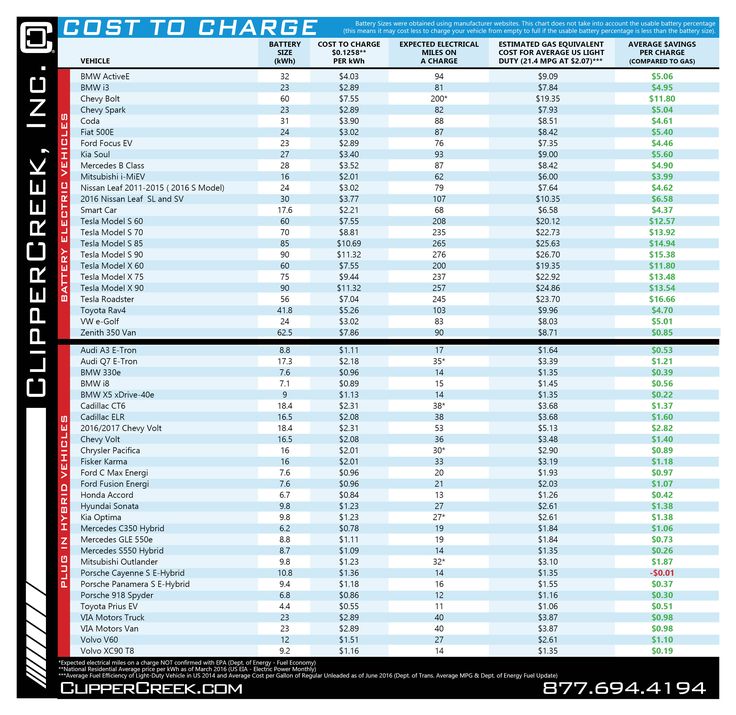 Depending on the skater’s build and how frequently their skates need sharpening, sharpening can take anywhere from 20 minutes to an hour.
Depending on the skater’s build and how frequently their skates need sharpening, sharpening can take anywhere from 20 minutes to an hour.
The cost of sharpening hockey skates can vary depending on the type of skate and the level of sharpness desired. Generally, a professional skate sharpening will cost between $5 and $10.
It is critical to sharpen your skates in order to skate well. By keeping a sharp blade, you will be able to turn and stop your skates much easier. The dirt blades will chatter or pull to one side, or the turning will be restricted as usual. It is not necessary to sharpen skates with tools in your hockey bag, but you can use them for touchups before the game. A skilled skate sharpener will use the best equipment to ensure that your skates are sharpened properly. They play with a hollow that they have developed over time and have become accustomed to. Beginners typically use a half-inch hollow as their first step.
Sharpening is as important for skating as it is for skating skills. Every player should sharpen his skates before each game in order to have the best chance of winning. Your skates will wear out more quickly in skating if they are not sharp because it is a physically demanding sport, and they will not be able to handle the pressure as well if they are not sharp. Sharpening machines range in price from around $10 to $15 per machine. Aside from sharpening skates, there are several other ways to do so, including using a sharpening stone and attaching one to a power tool. In skating, precision is important, and if your skates aren’t sharpened to the proper level, they won’t handle the pressure and will wear out more quickly. Skates are extremely physically demanding, so if they are not properly sharpened, they will not be able to withstand the pressure and will wear out more quickly. If you want to get your skates sharpened, you can go anywhere you want. Many skate shops have a machine that can precisely sharpen your skates to the desired level, whereas others use a stone or a sharpener connected to a power tool.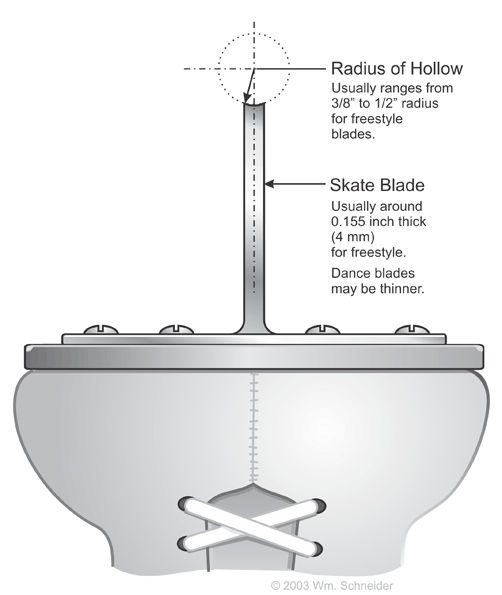 You should sharpen your skates before each game whether you go to a skate shop or do it yourself.
You should sharpen your skates before each game whether you go to a skate shop or do it yourself.
Ice skate sharpening at home is an easy and convenient way to keep your ice skates in top condition. It is important to sharpen your ice skates regularly to maintain their performance and prolong their lifespan. There are a few things to keep in mind when sharpening your ice skates at home: 1. Use a sharpening stone specifically designed for ice skates. These stones are available at most sporting goods stores. 2. Follow the manufacturer’s instructions for using the sharpening stone. 3. Sharpen your ice skates frequently. A good rule of thumb is to sharpen them after every 10 hours of use. 4. Store your sharpening stone in a safe place when not in use.
-5°
Local Sports Written by Noel Edey Thursday, Jan 16 2020, 12:00 PM
Shelley Javorsky, CMHA operations coordinator and ice scheduler, accepts a cheque for $6,625 from Canadian Tire general manager Chris Birch.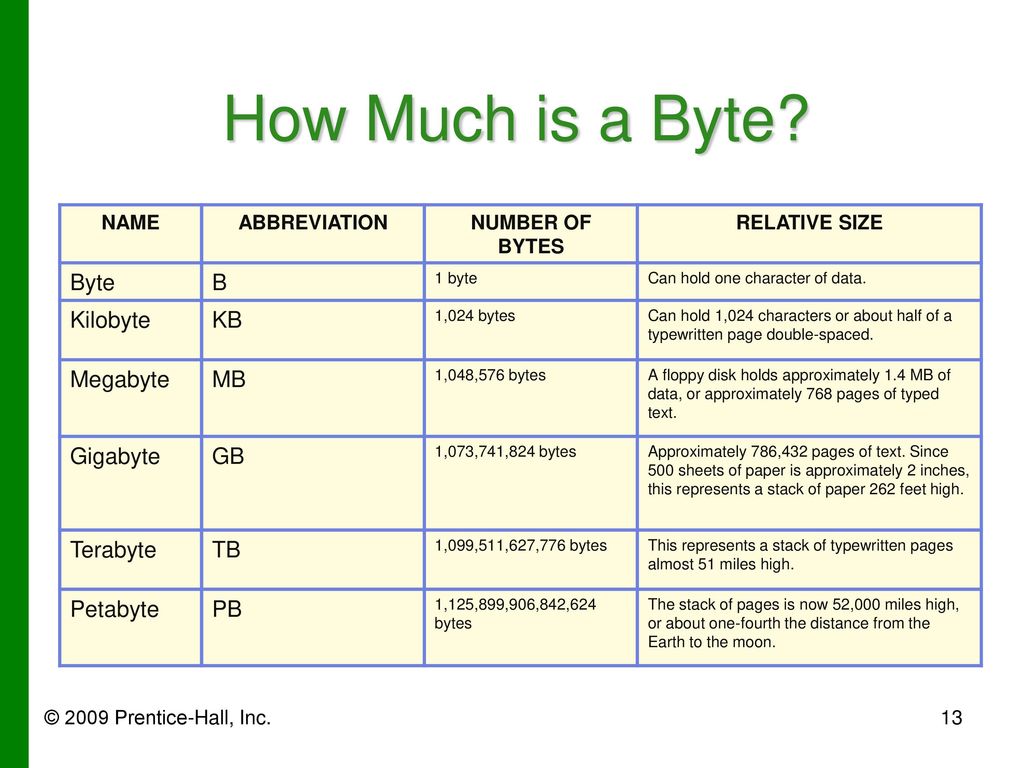 The store annually donates 100 per cent of its proceeds from skate sharpening to help make minor hockey inclusive.
The store annually donates 100 per cent of its proceeds from skate sharpening to help make minor hockey inclusive. Canadian Tire continues to help youth enjoy hockey through its unique skate sharpening fundraising.
Yesterday, the local Canadian Tire donated $6,625 to Cochrane Minor Hockey (CMHA) as one of its ongoing initiatives to make sports inclusive for youth.
It's now the eighth year of a program established by store owner Rob Hatch. The store charges $5 to sharpen skates, and 100 per cent of that goes to minor hockey.
"One of our goals with this donation to Cochrane Minor Hockey is to enrich the lives of local kids and families through sports and physical activity by reducing the costs to participate," says Hatch.
Store general manager Chris Birch says this is the most ever contributed through the program, reflecting the growth in the community.
"It is the largest amount donated so far, so we're thrilled to be able to do that, and hopefully next year we'll be able to set another record. "
"
The local store is also known for its contribution to local sports through the Canadian Tire Jumpstart program. All dollars donated and raised for the program in Cochrane stays here to benefit local youth.
"Several people have seen us with JumpStart in the community," says Birch. "It's another branch of that, and we're happy to do it."
Shelley Javorsky, CMHA operations coordinator and ice scheduler, says the donation is combined with other resources to help a lot of families suffering from the impact of the economic downturn.
"We also go through KidSport and Jumpstart, so we're able to help a lot of families with having our own hardship fund as well. We are able to help get families almost 100 per cent paid with the help of those three support groups."
She says they also received a donation from the Yelnats Cup this year.
CMHA has more initiatives in the works.
"It's building, and in the future, we'll be announcing another fundraiser to build on that account again, so we'll be able to help more and more families play hockey in Cochrane.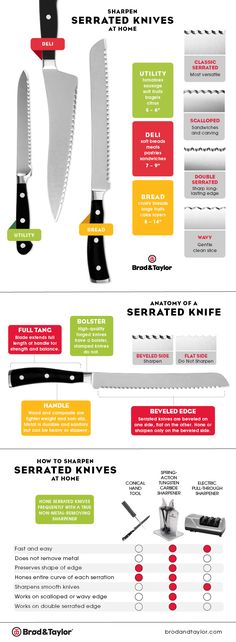 "
"
CMHA president Pierre Landry appreciates programs like this.
"Having the support of local businesses like Canadian Tire means that we will continue to ensure hockey remains accessible to more families in the community," he says.
Tue, Mar 21, 10:00 AM
Thu, Mar 23, 9:00 AM
Thu, Mar 23, 10:00 AM
Thu, Mar 23, 7:00 PM
Fri, Mar 24, 5:30 PM
View more
Casual
Full-time
Full-time
View more
Skates and rinks in Toronto,
Who else doesn't know where to skate?
As for the skates themselves, available from Canadian Tire, Figure Skating Boutique.
For used skates and other shops, look here: "Skis, where and how much" (not all ski shops sell skates).
Skate sharpening costs $5 and is free with purchase.
Skate rental (where available), $5-$7, helmet $2
New skates $40-$150, mask $25-$100
Regarding "WHERE to skate": Skating rinks are divided into indoor (Indoor) and open (Outdoor) .
Indoor skating rinks are open for public skating from October to March on certain days and at certain times, usually twice a week (one day on the weekend and one day in the middle of the week), for two hours.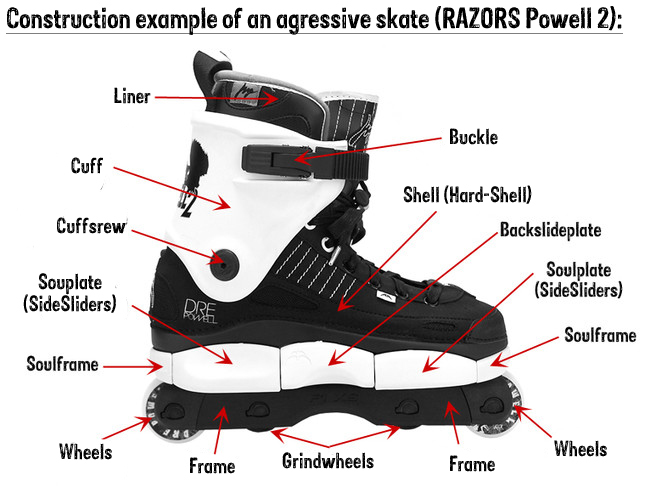
In Toronto (Downtown, North York, Etobicoke, Scarborough) indoor skating rinks are free and many have skate rentals. In Vaughan and other towns they are paid, $4.
Toronto has 41 indoor ice rinks. Skiing addresses and times (look in pdf on page 3):
North York (pdf) - 17, Etobicoke (pdf) - 13, Scarborough (pdf) - 9, Downtown (pdf) - 2.
Vaughan (pdf) - 5 (Admission $4, no rental).
Open rinks are open for public skating from December to early March.
Toronto (Downtown, North York, Etobicoke, Scarborough) has 49 outdoor ice rinks: Outdoor Artificial Ice Rinks - 49.
In addition to them, there is an outdoor ice rink in the Harbourfront Center, by the way, it is already open.
Vaughan Outdoor Rinks - 6.
Year-Round Rinks:
The Pavilion (Dufferin & Highway 7) - Family Skate: Saturdays, 8:15-9:15. Adults are only $5, kids $3 and members are FREE!
Richmond Green Skate Trail
Open daily 7 days a week.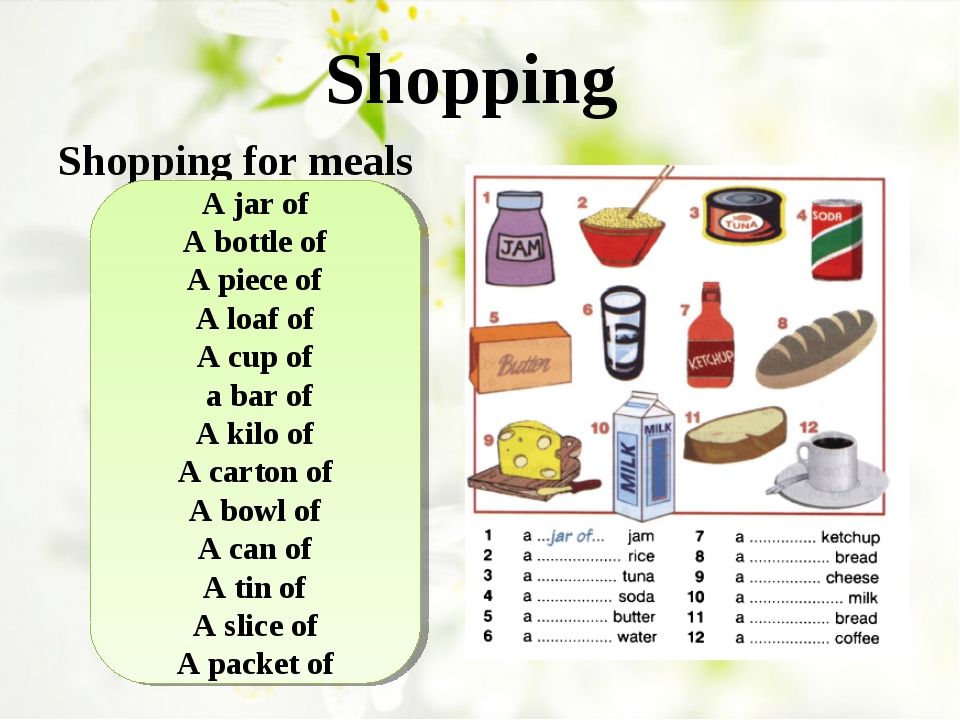 Free Ice Skating Trail. (905) 884-8013 / (905) 771-5490
Free Ice Skating Trail. (905) 884-8013 / (905) 771-5490
Open 10 a.m. to 10 p.m. daily
Lights for evening skating, Heated washroom and changeroom, Ample parking, Bring your skates. Used as In-Line Skating Trail in the summer.RichmondGreenPark,
p.s. I will be glad if you can clarify or add
p.p.s. By the way, is it possible to post one post both on your own and in the community, and not duplicate them?
Subscribe
Looking for a responsible woman in Toronto to care for a single grandmother aged 85 WITH FREE STAY. Grandma is currently in the hospital,…
Good day. I will give away free of charge: Inflatable marsh INTEX queen size with a pump. Used for its intended purpose in a living room ...
A question to my Israeli-Canadian friends, maybe someone doesn’t have an Israeli prepaid sim card lying around on which it is possible to put money on .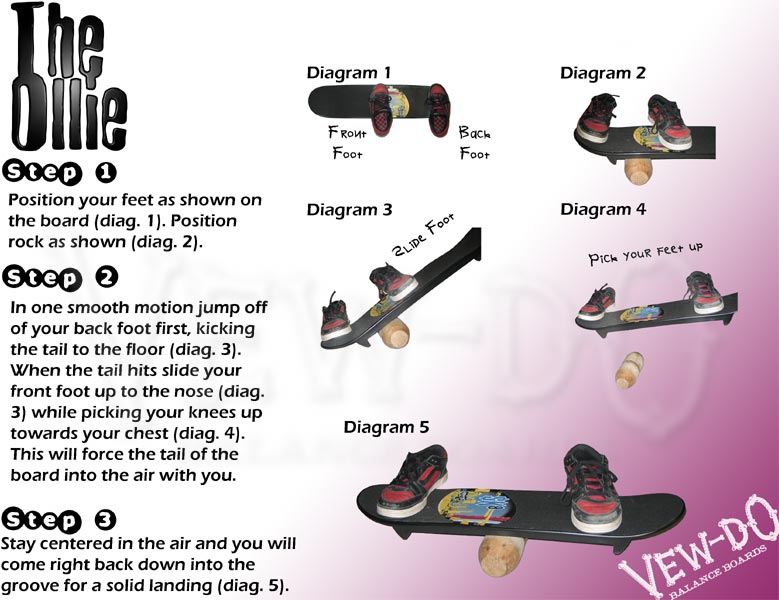 ..
..
Photo
nallive .com/igrick/pic/000r1edq
Are the skates slipping badly and do not obey when turning? So, it's time to think about sharpening! Taking care of the blades will not only restore the former agility on the ice, but also allow you to adjust the skates for yourself.
There are many subtleties to consider when sharpening hockey and figure skates. But we rent out and more often come across skates that are used as entertainment and recreation. Therefore, in this article we will talk about sharpening these particular skates.
Skates, like any sports equipment, need regular maintenance. The main element - the cutting edge - during the ride under the weight of the weight sticks into the ice, becomes dull and deformed over time.
Damage to or loss of sharpness of skates affects:
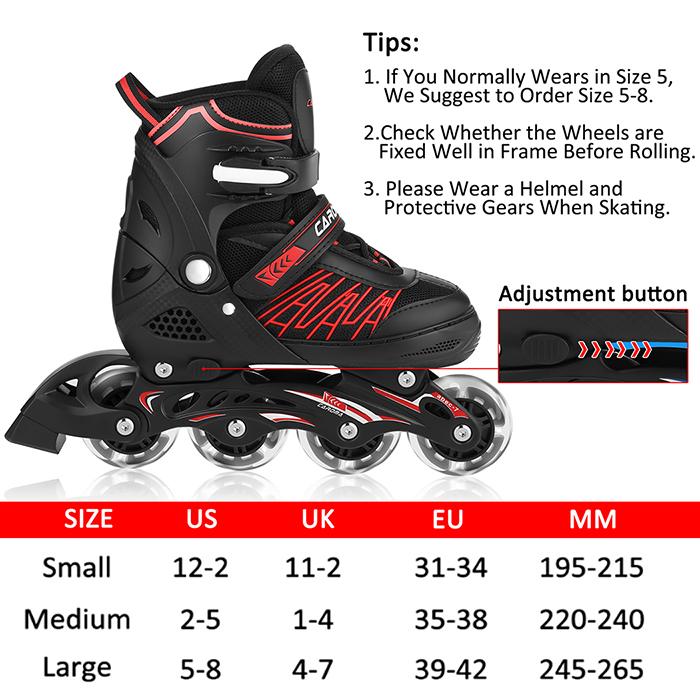
Therefore, when you notice that the skates began to behave in a different way, first of all pay attention to sharpening. If the edge is dull, then you need to urgently fix it. Otherwise, you risk either permanently spoiling the skates or injuring yourself. In addition, it is always more pleasant to skate on good skates, and during active recreation, sensations and emotions are very important.
Skate sharpening signs
There are two factors to consider here: blade shape and blade profile.
First determine the blade shape and calculate its parameters.
The point of contact of the ridge looks like two parallel sharp edges with a special depression between them.
Three sharpening options are most popular today:
Standard (regular chute). Semi-circular chute with a radius of 6 to 40 and planting depth depending on the preference of the skater. The most common method, which has been proving its practicality for many years. Suitable for hockey and figure skates.
The most common method, which has been proving its practicality for many years. Suitable for hockey and figure skates.
Channel-Z (Z sharpening). Modern European approach to sharpening, which is unique by turning two grooves: external and internal.
Has the best performance compared to the standard approach, but is technologically more difficult. With such sharpening, the workshop equipment noticeably suffers, which makes it a less common and more expensive option. Suitable for sophisticated lovers of both figure and hockey skates.
FBV. An old Canadian variant that didn't catch on in Russia and Europe. The chute has a trapezoidal channel, which creates a strong grip on ice and excellent stability. True, the price for comfort on ice is fragility and fragility, because the trapezoidal walls are thinner and wear out faster when in contact with a hard surface.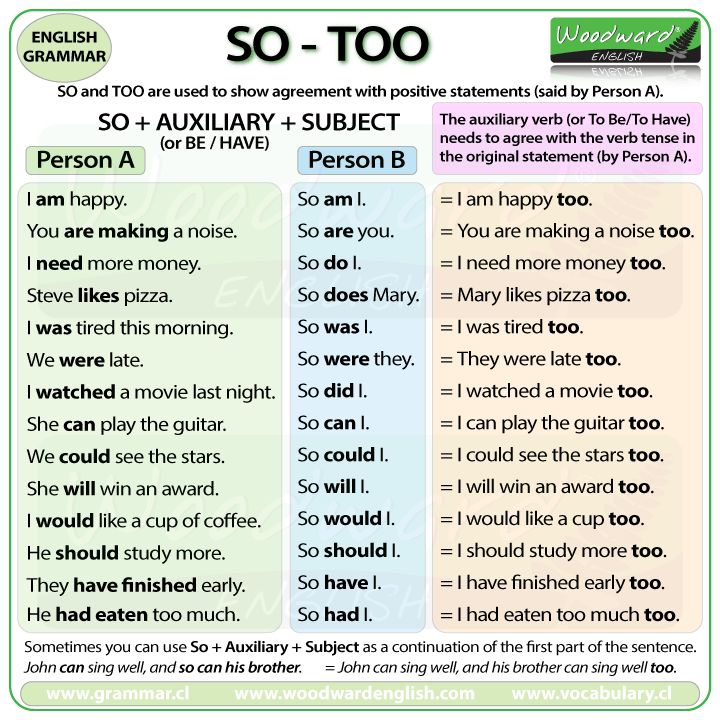 Used primarily by professional hockey players.
Used primarily by professional hockey players.
Blade profile is the contour of the blade from toe to heel. Each part of the circuit does its job while riding. Any changes will improve some indicators, but worsen others. Therefore, there is no universal profile.
The blade is divided into three parts:
The profile is formed by an arc, which is built in three main ways:
 The arc is built from several circles (from 2 to 4) with a gradual increase in radius from toe to heel.
The arc is built from several circles (from 2 to 4) with a gradual increase in radius from toe to heel. When selecting a profile, the blade angle is also calculated. It determines in which direction it will be more convenient to move. With a maximum slope of 1.5 degrees, it will be easier to start and accelerate forward, but going backwards will be more difficult. On zero grade, there is no advantage to acceleration, but going backwards is easier.
Another element of the profile will be the pivot point, the highest point of the blade profile. Initially, it is located in the center, but when profiling it is often shifted by 10-20 mm. This is done to redistribute the weight to the rear. This solution helps to keep balance, which is useful for hockey skates, but may not be suitable for figure skates.
If you just need to sharpen your skate blades, you can do it yourself.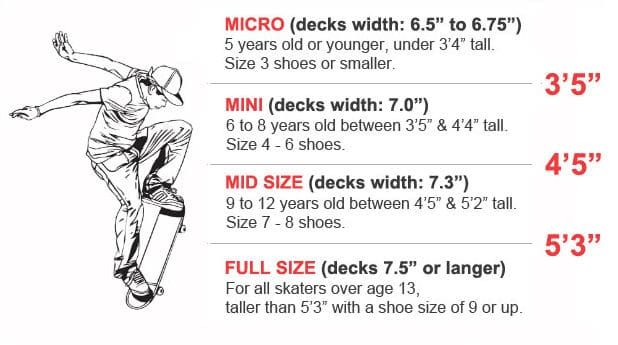 There are two ways:
There are two ways:
Both methods only allow you to "sharpen" the blade, remove notches and make a standard semi-circular groove at a shallow depth. It will not be easy to fully sharpen skates if you do not have the experience and the right tools. The main difficulty is in the design of the skate blade. Contrary to popular belief, it is not made to look like a knife, but instead a range of parameters are combined to create a custom sharpening pattern.